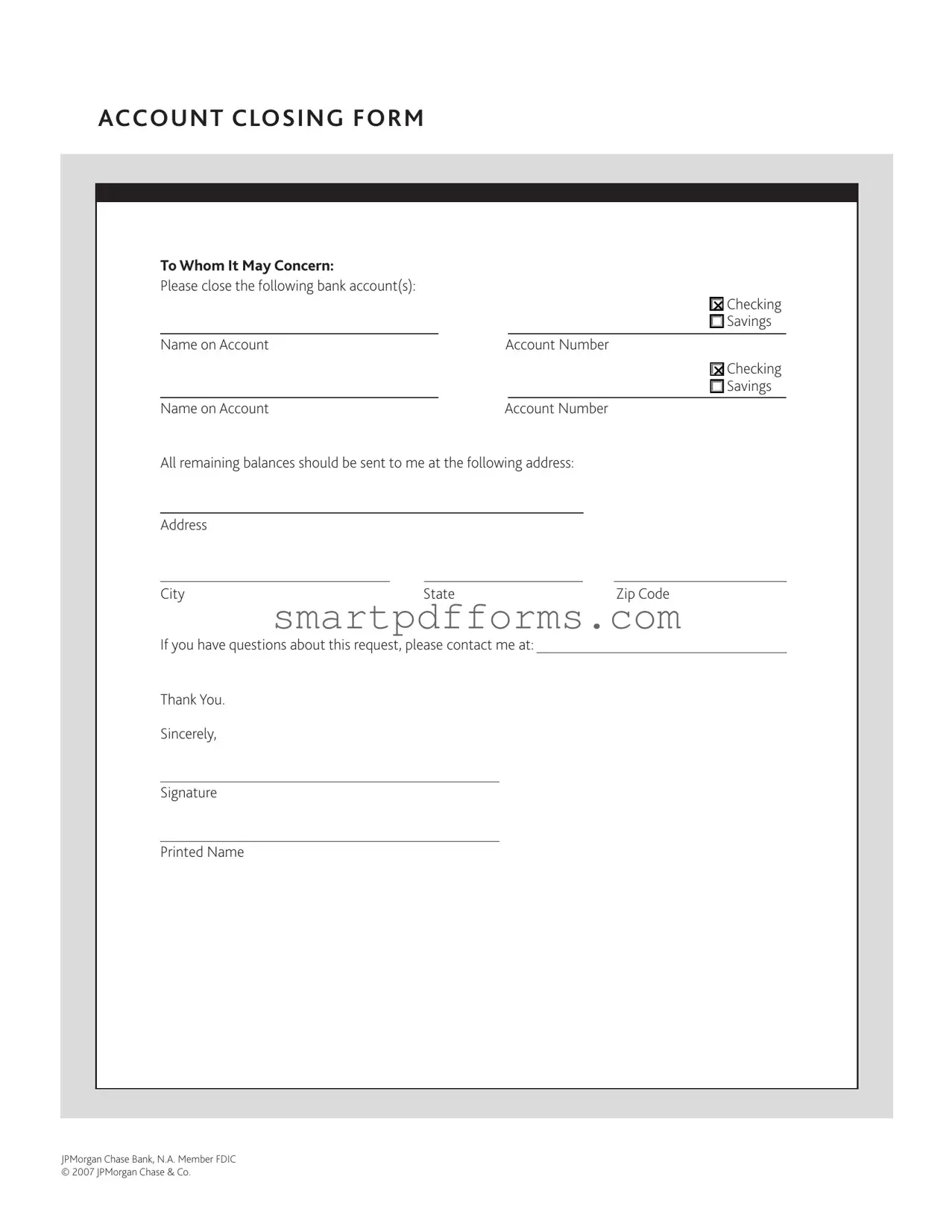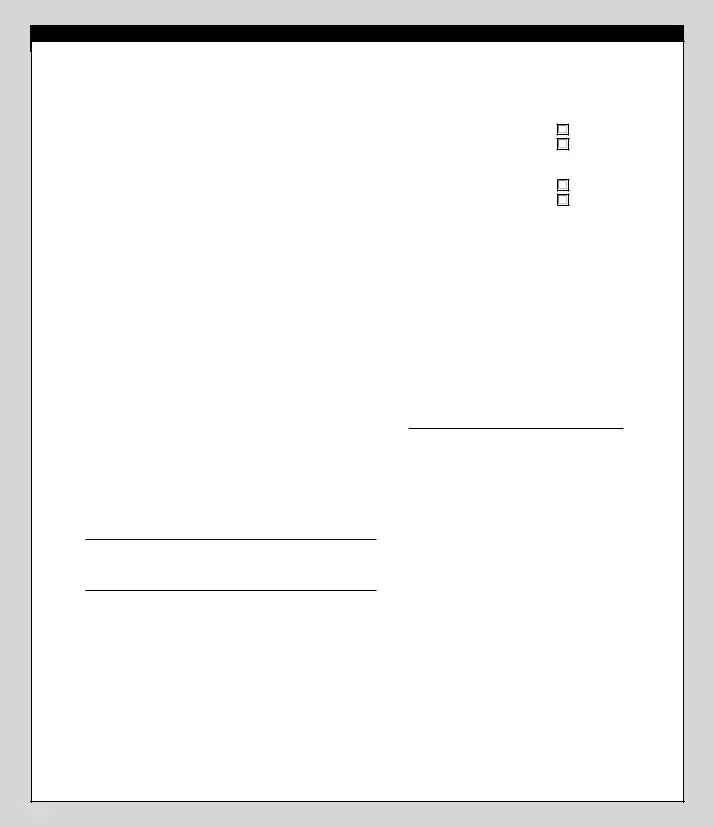The initiation of closing a bank account might often seem like a straightforward task, yet it encapsulates a range of steps and a significant level of precision to ensure that the process is smooth and error-free. When a customer decides to terminate their relationship with a bank for either a checking or savings account, the Account Closing Form becomes an essential document. This form, serving as a direct communication tool with the bank, requires the account holder to provide critical information such as the type of account they wish to close, the account's name, and the unique account number. Remarkably, the form also mandates instructions on how the remaining balance in the account should be handled, requesting details of an address where the bank can send the remaining funds. Furthermore, it includes space for the account holder's contact information, ensuring a channel for the bank to address any inquiries related to the closure request. The formal tone of the document is underscored by the closing salutations and the necessity for the account holder's signature, underscoring the legal and official nature of the account termination. Notably, references to JPMorgan Chase Bank, N.A., and its regulatory status as a Member FDIC, highlight the standardized and regulated framework within which account closures occur, providing a structured approach to ending banking services. This document not only facilitates a significant financial decision but also delineates the formalities involved in dissolving a banking relationship, framed within the procedural and regulatory requirements of the banking sector.

